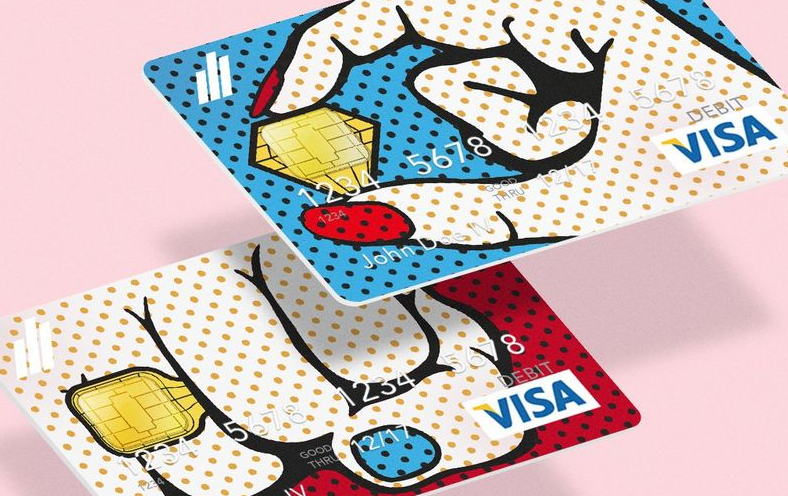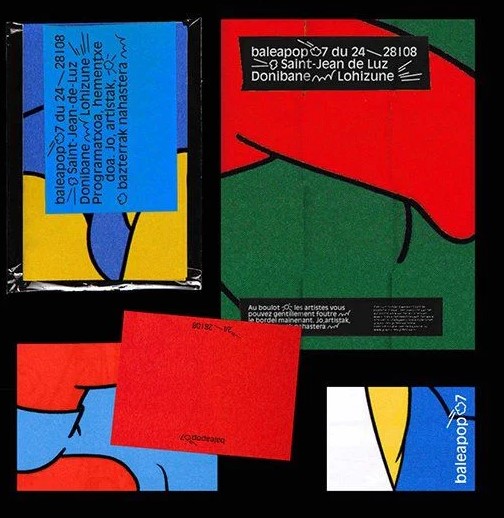In this blog-post, I am going to write a little bit more about historical connections and interinfluence between pop art and design in general, because I think it is important to understand interconnections between these two fields of work, if we want to take advantage of pop art approach in our design work.
As mentioned previously, pop art and design were intertwined from the beginning. Because the brightly colored visuals of pop art arose from commercial graphics, it was a matter of time until its aesthetics started to influence other design areas.
Industrially produced goods were often subjects of the work of pop artist, so it was influencing designers to create completely new objects. While pop art treated art as a business – it had an influence on designers, which wanted to create something appealing and commercially successful. The fashion industry and the furniture industry also didn’t take long to bled with pop art. Eventually, the commercial appeal of pop art found visibility in product design for furniture, fashion, and packaging. Designers still take inspiration from pop art; from its celebration of mass media and consumerism, to basic elements such as screen tones, bright colors, two or three-color images among others, etc. Especially one characteristic has remained through many of years of pop art replication: thick outlines and bold color palettes, which can be seen today as before, as the witness of pop art traces in many different art forms: contemporary product and package design, decorative elements and photography.
Some of the central themes of pop art:
- Using raster pattern
- Showcase ordinary objects
- Isolating material from its context
- Enlarging and repeating objects
- Consumption and materialism as a part of a theme
- Use of collage
- Reproducing, overlaying images
- Use of saturated colors
- Use lines and sharp color
Among other works of artists and designers who worked in Pop Art Design /Art manner, Demuth’s 1928 painting “I saw the figure 5 in Gold” is important to the evolution of design. It’s often regarded as the precursor to pop art, decades ahead of its time, due to its celebration of a pop-culture image and the use of striking, bold and vivid colors and shapes. Pretty avant-garde at the time, it seems like a contemporary poster even today.
One of the most interesting applications of pop art in web design is using a throwback style to design a webpage, especially with a style as interesting as this movement. Nowadays, there are a lot of websites inspired by this comeback of pop art in design in general.
Almost every designer finds it crucial to maintain an attractive and informative portfolio online. Some designers just make their pop art-infused works the centerpiece of the website.

This website features a card-based layout within the obvious pop art theme. The more you look through his projects, the more you see it: saturated background colors, leaves optimized with patterns and colors, and the labeling on the bottles.
The other website dedicated to showcasing comedians in Spain, called Humoristas, reflects some of the main pop art attitudes – besides the fact that illustrations have a comic-vibe, it also reflects highlighting ordinary people, well known in pop art.
Sources:
https://www.essentialhome.eu/blog/pop-art-decor-is-coming-back-and-heres-why/
https://tsuki95moon.wordpress.com/2015/03/15/pop-art-design-in-graphic-design/
https://gmancreativeblog.com/2018/pop-art-and-design-a-short-guide/
https://www.popwebdesign.net/popart_blog/2018/06/umetnicki-pravci-koji-su-uticali-na-razvoj-dizajna/

